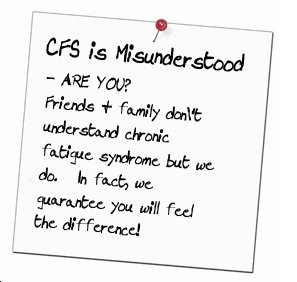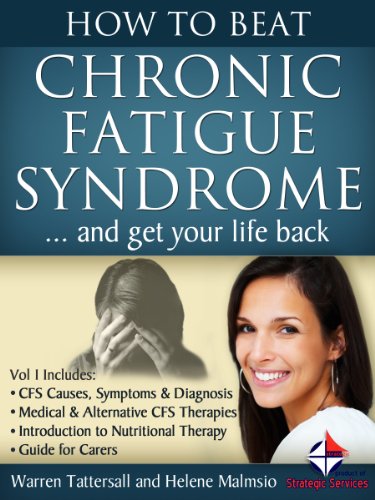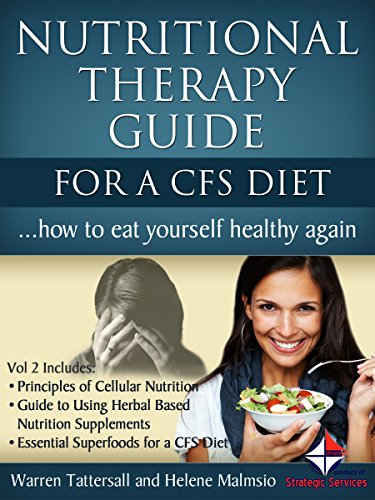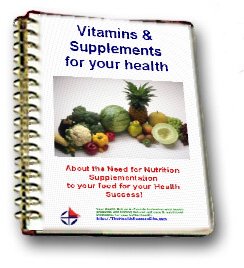Living Healthy Cholesterol Guide
Here is the detox diet.
Breakfast
Immediately upon arising, drink two glasses of water, one of them containing the juice of half of a lemon.
Also have one to two servings of fresh fruit – apples, pears, bananas, grapes or citrus fruits such as oranges or grapefruit.
About 15 to 30 minutes later, have one to two cups of cooked oatmeal, brown rice millet, amaranth or untoasted buckwheat.
For flavoring, you can add two tablespoons of fruit juice or use the Better Butter described below.
Better Butter Recipe
Stir ½ cup of canola oil (look for one labeled “cold-pressed”) into a dish with ½ pound of butter, melted or at least softened, and refrigerate. Use about one teaspoon per meal for flavoring and don’t exceed three teaspoons per day.
Lunch
Have a big bowl (up to four cups) of steamed vegetables – potatoes, yams, green beans, broccoli, kale, cauliflower, carrots, beets, asparagus, cabbage or others.
Use a variety, including stems, roots and greens. Better Butter can also be used. Then refrigerate the water from the vegetables for later use.
Within two hours, slowly drink one to two cups of the water from the steamed vegetables, mixing each mouthful with saliva. You can add a little sea salt or kelp for flavoring.
Dinner
Same as lunch, with a variety of vegetables.
Evening (After Dinner)
No food at all, but you can have non-caffeinated herbal teas such as peppermint, chamomile or blends. No caffeinated beverages.
Throughout the day, feeling s of hunger should be satisfied by drinking plenty of water and eating pieces of carrot or celery.
If you are feeling very fatigued or if hunger persists, then you may add up to four ounces of protein, such as fish, organic chicken, lentils or garbanzo, mung or black beans.
Optimally this should be eaten mid-afternoon, around 3:00 or 4:00.
Again, this is a detoxification diet only and is to cleanse the body and re-establish nutritional balance needed for optimum health.
Do not practice the diet for more than three weeks and do not undergo it if you are pregnant or suffer from deficiency problems.
In a restaurant, opt for steamed, grilled or broiled dishes instead of those that are friend or sautéed.
Vary your veggies. Eat more dark green veggies, such as broccoli, kale, and other dark leafy greens; orange veggies, such as carrots, sweet potatoes, pumpkin, and winter squash; and beans and peas, such as pinto beans, kidney beans, black beans, garbanzo beans, split peas, and lentils.
Read the Nutrition Facts label on foods. Look for foods low in saturated fats and trans fats. Choose and prepare foods and beverages with little salt (sodium) and/or added sugars (caloric sweeteners).
If you eat 100 more food calories a day than you burn, you’ll gain about 1 pound in a month. That’s about 10 pounds in a year. The bottom line is that to lose weight, it’s important to reduce calories and increase physical activity.
Know the facts about what you are purchasing to eat. Read labels carefully. Most packaged foods have a Nutrition Facts label. For a healthier you, use this tool to make smart food choices quickly and easily. Try these tips:
•Keep these low: saturated fats, transfats, cholesterol, and sodium.
• Get enough of these: potassium, fiber, vitamins A and C, calcium, and iron.
• Use the % Daily Value (DV) column when possible: 5% DV or less is low, 20% DV or more is high.
Look at the serving size and how many servings you are actually consuming. If you double the servings you eat, you double the calories and nutrients, including the % DVs.
Make your calories count. Look at the calories on the label and compare them with what nutrients you are also getting to decide whether the food is worth eating. When one serving of a single food item has over 400 calories per serving, it is high in calories.
Don’t sugarcoat it. Since sugars contribute calories with few, if any, nutrients, look for foods and beverages low in added sugars. Read the ingredient list and make sure that added sugars are not one of the first few ingredients. Some names for added sugars (caloric sweeteners) include sucrose, glucose, high fructose corn syrup, corn syrup, maple syrup, and fructose.
Know your fats. Look for foods low in saturated fats, transfats, and cholesterol to help reduce the risk of heart disease (5% DV or less is low, 20% DV or more is high). Most of the fats you eat should be polyunsaturated and monounsaturated fats. Keep total fat intake between 20% to 35% of calories.
Reduce sodium (salt), increase potassium.
Research shows that eating less than 2,300 milligrams of sodium (about 1 tsp of salt) per day may reduce the risk of high blood pressure. Most of the sodium people eat comes from processed foods, not from the saltshaker.
Also look for foods high in potassium, which counteracts some of sodium’s effects on blood pressure. Remember there is no substitute for your physician. Make certain that you clear any new treatments with him before embarking on any radical health changes you are anticipating.
Natural Cures Health Guide
the A to Z directory of dealing with Health Problems & Self Care Strategies for natural remedies to your health issues.

Subscribe to get your weekly "Health Success Magazine" with a new complete & comprehensive Health Report in every edition!

to “Your Health Success”
our weekly F’R’E’E’ Newsletter
If you would like a free no-obligation private consultation or to contact Warren Tattersall for more information, please click here >> Contact Us
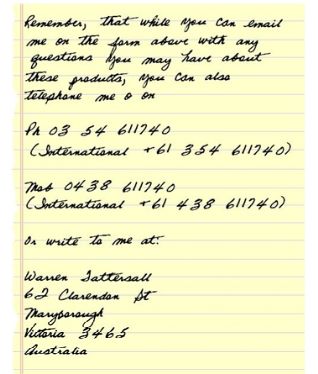
Click the books above to learn more about how we treat CFS naturally, to get your life back!
You will find many assorted Health Reports available for download free to you on this website!
Our free Health Success Reports are each available for you to download when you subscribe to receive them and their 7 part eCourse.
You can unsubscribe at any time, but we are sure you will want to receive all the email lessons of these informative ecourses.
Read more HERE to select the REPORT subjects of most interest (or concern) to you.






